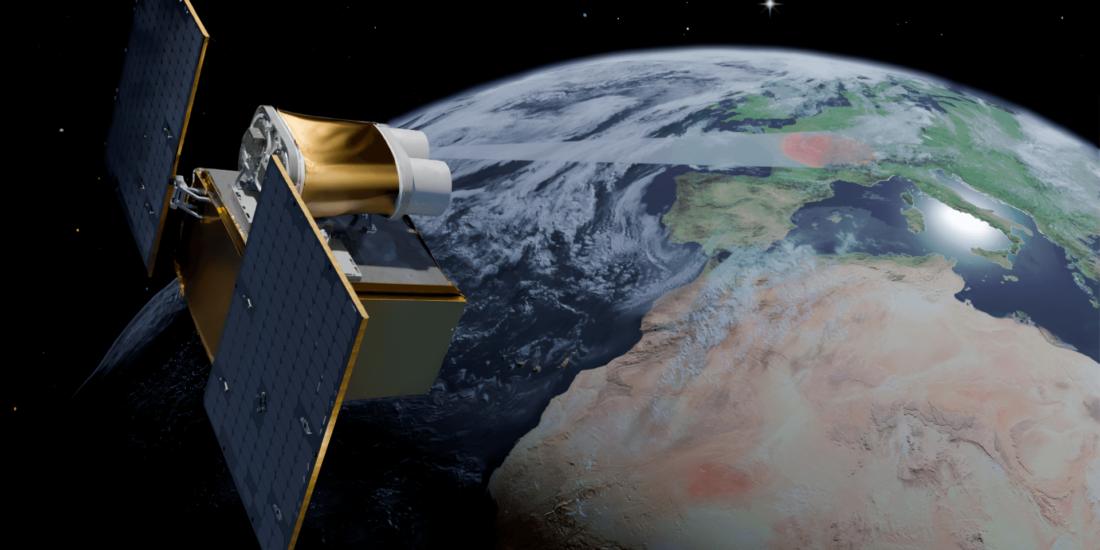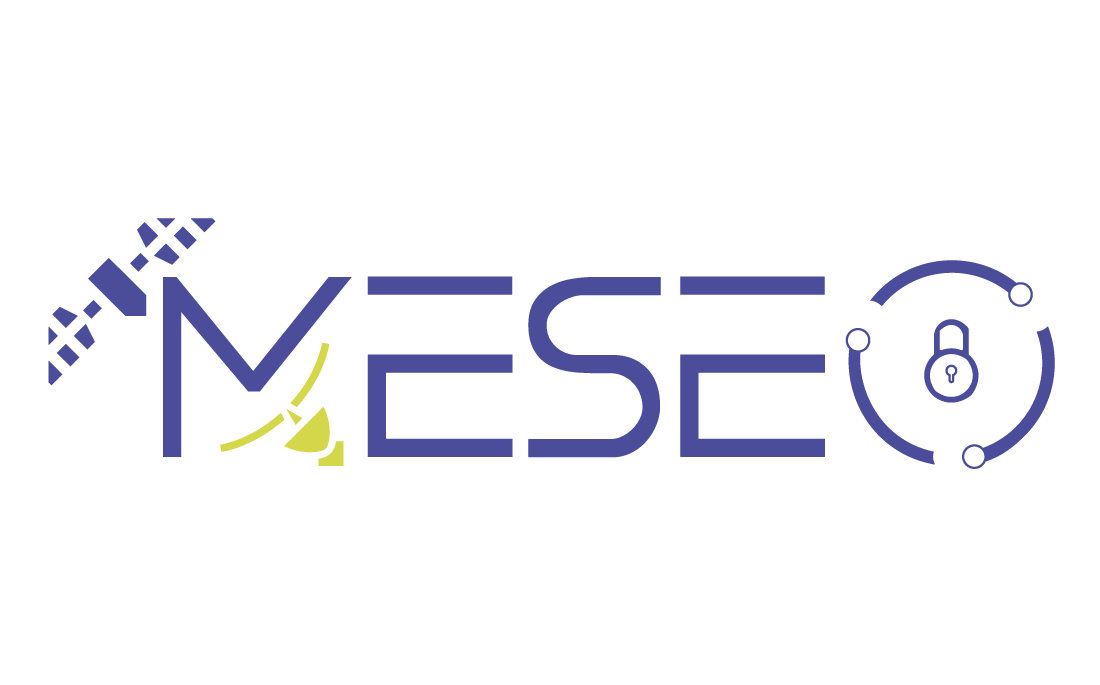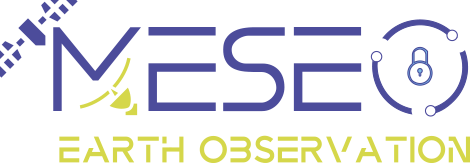
MESEO supports EO sustainability applications
As part of the MESEO project, SATLANTIS will lead the activities of WP6 (On-board processing functions) focused on defining and prototyping on-board processing functions. In collaboration with the other MESEO consortium members, UBOTICA and CREOTECH, we will work on defining these functions to enhance data processing performance while adhering to applicable data management security constraints and ensuring harmonized interfaces for exportable functions. The ultimate goal is to prototype these functions to verify that they meet the required data processing performance and data management security standards. To achieve the project’s objectives, SATLANTIS will enhance the performance of the Electronic Control System (ECS), which oversees the control of the entire payload and manages the data acquired by the imager. The standard ECS will be customized to optimize its performance in compression, memory usage, disk writing, and image processing. Various on-board compression techniques will be evaluated to achieve higher compression ratios, with an expected rate of up to 6:1, thereby improving storage capacity. Additionally, FPGA-based disk writing techniques will be employed to significantly boost data writing rates. Moreover, within the MESEO project, Ultra High Resolution (UHR) algorithms will be implemented on-board, enabling Level 1B processing in orbit. This approach will reduce data volume by up to a factor of 10, greatly enhancing the efficiency of the downlink budget. The activities concerning WP6 (On-board processing functions) are ongoing, and the consortium is currently working on the preliminary definition of the on-board functions. Initial functional and interoperability requirements have been identified, and a preliminary on-board architecture has been outlined, along with the on-board operational framework. |
The MESEO project represents a significant step forward in EO sustainability applications. SATLANTIS is proud to contribute to this innovative endeavor by enhancing onboard processing and ECS capabilities. Together, the project consortium is developing a more efficient, flexible, and sustainable EO system that addresses current bottlenecks and paves the way for future advancements. These performance enhancements to end-to-end (E2E) systems will be demonstrated through a couple of use cases aligned with the climate neutrality targets of the EU Green Deal: the detection of methane emissions and crop classification.
- SATLANTIS
- August 30, 2024
- 12:00 pm

